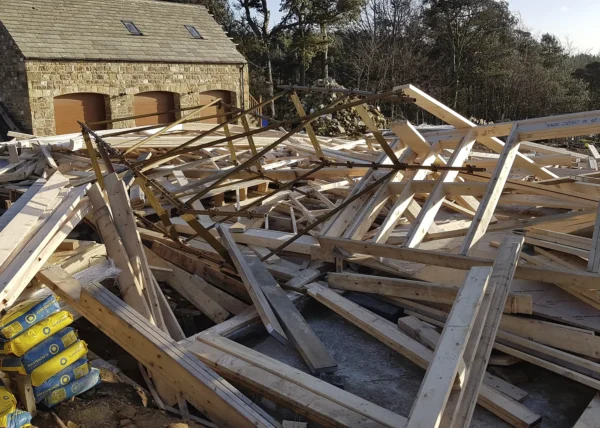Q&As
What are the Tax Implications of Selling a Plot to my Children?
I have a large garden and my neighbour has agreed to sell me the adjacent 0.1 acre of their garden. This will become part of our garden amenity, for our enjoyment rather than any intention to develop. Nevertheless, the extra land is large enough to fit a house, and when combined with my existing garden, there is space for three detached houses (the combined area, including my house is 1,800m2 / 0.44 acre / 0.18 hectare).
After a period of time, I may consider building myself a new house to become my Principal Private Residence (PPR) and sell my existing house. Planning permission has not been applied for, although it is likely to be permitted. When the time is right, I may also like to assist my two children so that they can each have a plot for their own self build. I am looking for general advice on the best way to arrange our affairs to minimise any tax liability.
Presumably the extra land will, once acquired, become part of my domestic curtilage, but does a period of time need to lapse before it is considered as part of my Principal Private Residence?
If we then transfer (gift or sell) some of the land to each child (or they could purchase in joint names to acquire a larger double plot), am I correct in thinking I can sell part of my garden as long as it has not been ‘fenced off’ and therefore no tax is due because it is considered as part of my PPR? Ideally selling both at the same time. However, there may be other tax issues here. I guess it would be sensible to get a valuation at the point of transfer in case there are future inheritance tax issues!
Is it best to sell or gift land to the children? (Broadly aware of seven-year rule and inheritance tax is a potential issue and this might indicate gifting could be a sensible option).
Thinking further ahead, I expect the next step is to apply for planning permission – probably under three separate names for three separate houses. Have I broadly got the appropriate steps and in the right sequence, or should I consider alternative solutions? Such as getting one of my children to acquire my neighbour’s land direct?
Is there any reason to transfer the two individual plots prior to securing planning permission, or is it better to do so after permission is granted?
Are there any Capital Gains tax issues to consider? Especially if the transfer of land was before planning permission and the children wanted to sell it on once planning consent was obtained? (As a plot with permission would be more valuable).
Should the project be seen a separate self builds, or combined (if possible) as a small community build?
If we proceeded with building work as separate self builds and one or both of the children decided to sell their finished property, is there a risk of being seen as a developer if they sell too soon? Presumably they will need to live in the new home as their PPR for a period of time?
Are there any issues around council community infrastructure levy (CIL) charges and if exemption can be applied for?
Thanks







































































































Hello Barry,
Thank you for your questions. I’ll put these to our expert team, but please bear with us as this is quite in-depth and covers a lot of areas, so I may need to get in touch with multiple experts.
Specific tax advice should be sought from a tax specialist – I’m afraid we don’t have anyone here that can advise on this element. There are also a lot of legal queries here, so we would advise you speak to a professional.
Best wishes,
Anamika Talwaria (Build It features editor)
Hello Barry,
There are a lot of questions here! Here’s what I can advise:
From a planning perspective, it would be beneficial to undertake a planning assessment of the site and the potential in terms of the three units being identified. This would be able to provide insight into the potential in terms of scale and location of development and also the approach to planning.
It may then be beneficial to undertake a pre-application process for the three units and from there, identify the most appropriate route for the pursuit of planning in due course, for example, whether this was done through one outline application for all units and then each pursued separately through reserved matters or through three separate applications, or another strategy.
With regards to whether the project should be seen as separate self builds, or as a small community build, this could be investigated through the initial planning assessment of the site and the potential development approach.
Legal advice should be sought on whether you should transfer the individual plots prior to securing planning permission, however it may run in parallel with the planning assessment process identified to inform the process.
Regarding CIL, custom and self build is exempt, but the relevant forms must be completed and submitted with the planning application and in the process running up to the implementation of the development. The exemption applies to self builders where they are an active part of the design and development of the property. Do note that CSB is not exempt from s106, so you may want to check the likely s106 costs associated with this type of development in the area you are building in.
The custom and self build legislation requires that the self builder lives in the property for a minimum of three years.
I hope this helps!
Julia Riddle (Build It planning expert)